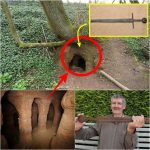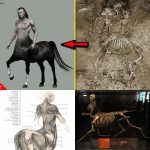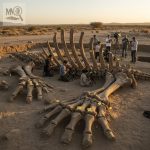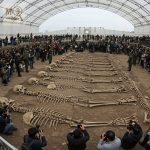East Africa’s Lost City of Giants: Unearthed “Fear Boxes” Reveal Ancient Mysteries
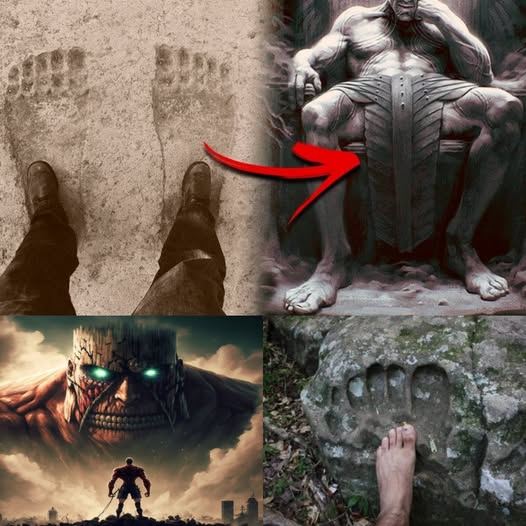
Archaeologists in East Africa have made a groundbreaking discovery: a lost city once rumored to be inhabited by giants. Hidden beneath centuries of sediment, researchers uncovered mysterious volcanic “fear boxes,” sealed for millennia, containing relics, strange symbols, and skeletal fragments of unprecedented size. The discovery has stunned the scientific community, sparking debates about ancient civilizations, ritual practices, and the possibility of previously unknown human variation.
The Discovery

The excavation site, located in a remote region of East Africa, revealed an extensive city with colossal architecture and intricate stonework. Amid these ruins, teams unearthed volcanic stone boxes—nicknamed “fear boxes” due to their enigmatic nature and formidable construction. Each box was carefully sealed, suggesting deliberate preservation of its contents.
Inside, archaeologists found skeletal fragments significantly larger than any known human remains, alongside objects engraved with symbols that defy current understanding. The combination of monumental architecture, oversized remains, and ritualistic artifacts points to a society with both sophisticated engineering skills and complex spiritual or ceremonial practices.
Skeletal Findings and Ritual Significance
The skeletal fragments have caught the attention of anthropologists and geneticists. Preliminary measurements suggest that the individuals may have stood well above modern human averages, fueling speculation that these could be the remains of a population of giants as described in local legends. DNA and isotopic analyses are underway to determine lineage, diet, and potential causes of death.
The volcanic boxes themselves may have served ritualistic purposes—either as containers for sacred relics or to confine dangerous or spiritually significant objects. Ancient inscriptions and carvings on the boxes hint at ceremonial use, possibly linked to ancestral veneration, protective rites, or rites of passage for extraordinary individuals.
Architecture and Civilization

Beyond the fear boxes, the city’s architecture demonstrates advanced planning and construction techniques. Massive stone structures, fortified walls, and intricately carved markers suggest a society capable of large-scale organization and engineering. These findings challenge assumptions about the technological capabilities of ancient East African civilizations and hint at a sophisticated culture long lost to history.
Colossal statues and stone pathways further reinforce the notion that this society revered size and strength, possibly mythologizing or honoring individuals of extraordinary stature. The combination of ritual artifacts, skeletal remains, and architectural achievements points to a civilization with deep cultural, spiritual, and social complexity.
Implications for History
If confirmed, the existence of such individuals and the city itself could radically alter our understanding of human evolution, social organization, and the intersection of myth and history. Legends of giants, once dismissed as folklore, may now hold a kernel of truth, preserved in the stones, relics, and skeletal remains of this enigmatic society.
Conclusion
East Africa’s lost city of giants is a discovery that captivates archaeologists, historians, and the public alike. The volcanic “fear boxes,” oversized skeletal remains, and monumental architecture illuminate a civilization that defies conventional understanding, offering tantalizing clues about humanity’s forgotten past. As researchers continue to study these findings, the ruins and their secrets may reveal a hidden chapter of history—one where giants walked among humans, and where ancient rituals preserved knowledge long thought lost.


